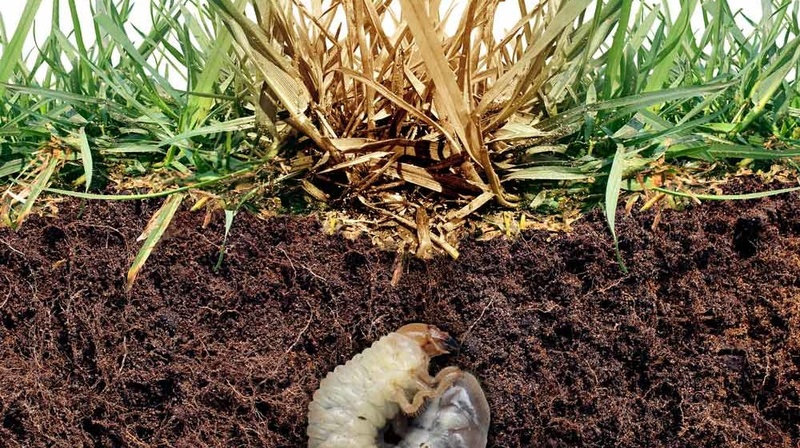
Manage Those Cool-Weather Pests
While most pests are active through the summer, some turfgrass pests like the fall armyworm, chinch bug, sod webworm, and mole cricket might persist through the winter. Take preventative steps to reduce the risk of infestation and manage pests appropriately if a problem does arise.
While most pests are active through the warmer, more humid months, the cool weather of Florida’s winter does not necessarily mean all insect activity ceases. Turfgrass pests such as the fall armyworm, chinch bug, sod webworm, and mole cricket might persist through this colder season.
Take preventative steps to reduce the risk of an infestation and manage these pests appropriately if a problem does arise.
The First Step to Prevention: Take Care of Your Lawn
Just as maintaining a healthy lifestyle can reduce your risk of illness, maintaining a healthy lawn can reduce the risk of pest infestations. Mow, fertilize, and water your lawn regularly, adjusting as needed as the temperatures lower and rainfall lessens.
Regular lawn maintenance should prevent the buildup of thatch–a thick, soft layer of roots, stems, and shoots. Thatch is a welcome habitat for insects like chinch bugs and spittlebugs to lay eggs and feed. In the case of too much thatch accumulation – a layer more than 1 inch thick – don’t wait to address it. Dethatching can be done mechanically with a power rake or vertical mowing or manually with a dethatching rake.
Monitor for Pests
Even if your lawn maintenance is on point, you should still monitor for the presence of harmful insects. We recommend you check your lawn for insect activity every two weeks. If you catch pests early, you can reduce and possibly prevent damage, halt an infestation before it’s out of control, and save money on treatments and damage control.
If you suspect pest activity, cut a section of grass, one square foot and two to three inches deep. Check the roots and blades for signs of chewing and the soil and thatch for larvae or insects. If you suspect a specific pest, look for its trademark signs. For example, if you suspect a problem with mole crickets, look for tunnels in the soil.
You can confirm the presence of pests with different methods. In the case of mole crickets or fall armyworms, a soap flush will do the trick. To find chinch bugs, insert a metal coffee can (with the bottom removed) 3 inches into the soil and continuously fill it with water for 5 minutes. Chinch bugs, if present, will float to the top. Find sod webworms by looking for larvae webbing in very short grass or find them in tunnels just below the soil surface.
Winter Pest Management
As stated previously, proper lawn maintenance is an essential part of pest prevention. Even through the winter, make sure to mow and water if needed. Keep in mind that the lower temperatures and rainfall amounts significantly slow growth, so don’t overdo it – that can be just as bad as the opposite.
If you determine you have a pest problem and need to apply an insecticide, make sure to purchase a product designed specifically for the insect causing the trouble. Broad insecticides can harm other insects, including beneficial ones that protect your lawn from further damage. We always recommend you contact your local landscaping company if you suspect or have identified a pest problem. They can advise you on the best method of managing specific pests and may even perform the work for you.
Remember that just because you don’t see any pests in the winter doesn’t mean you should let your guard down. Many insect species overwinter and emerge in the spring. Talk with your lawn care company to identify the best prevention methods for pests in your region.